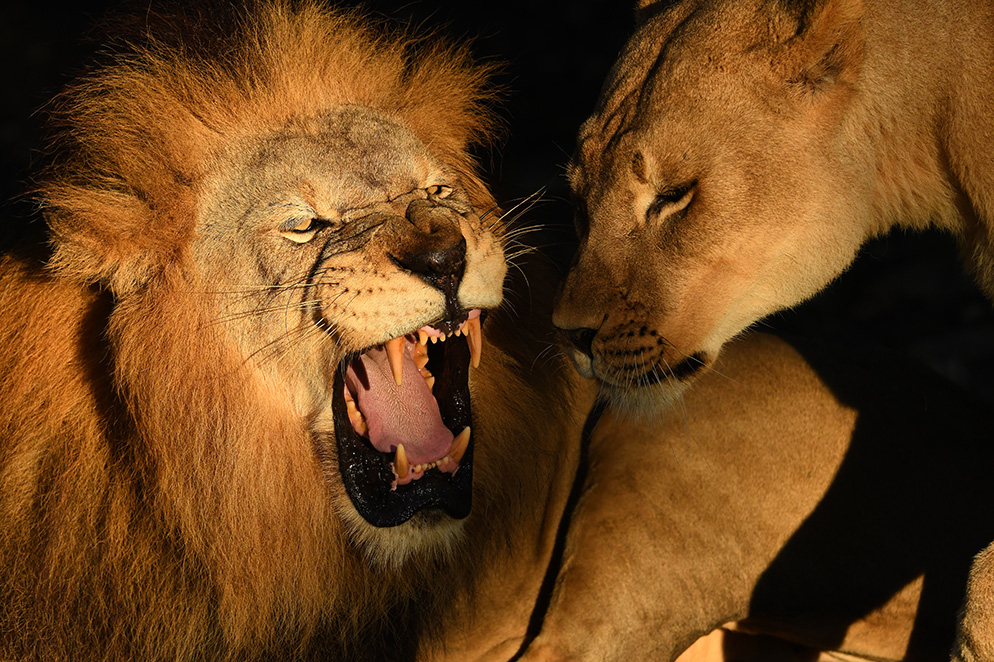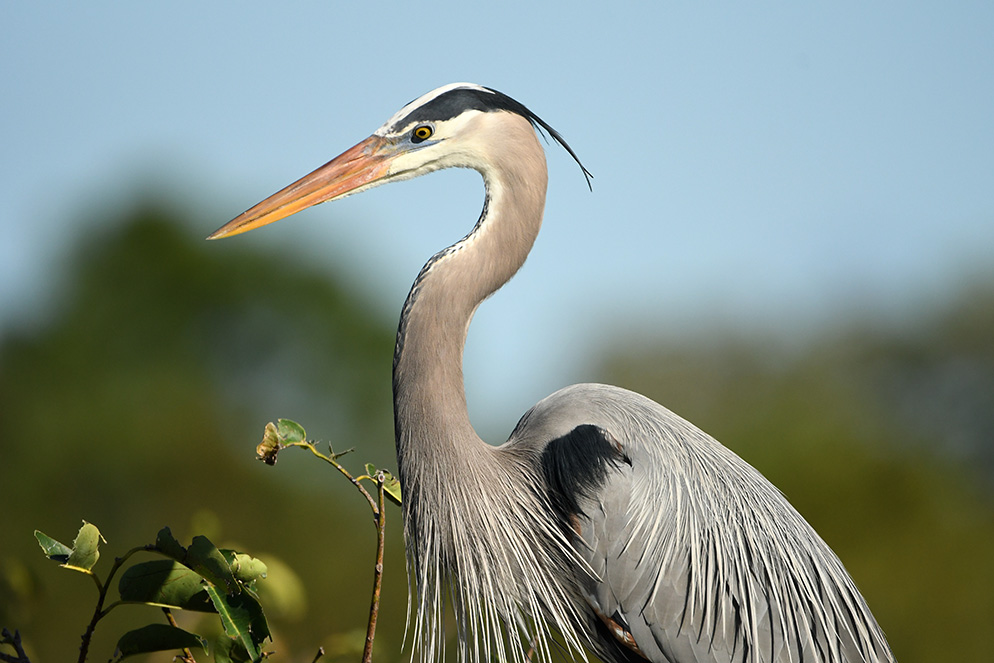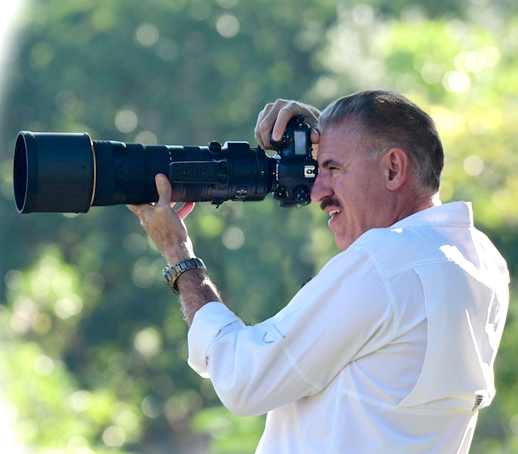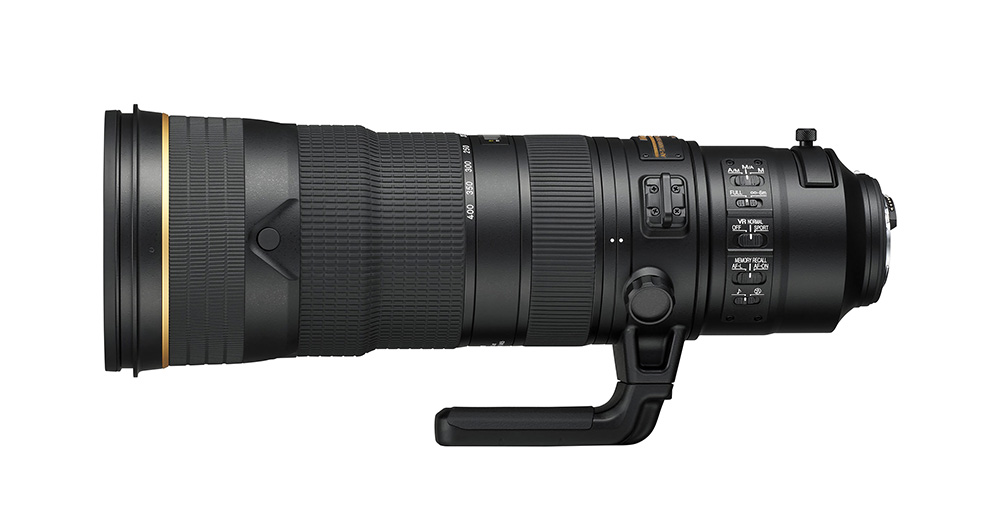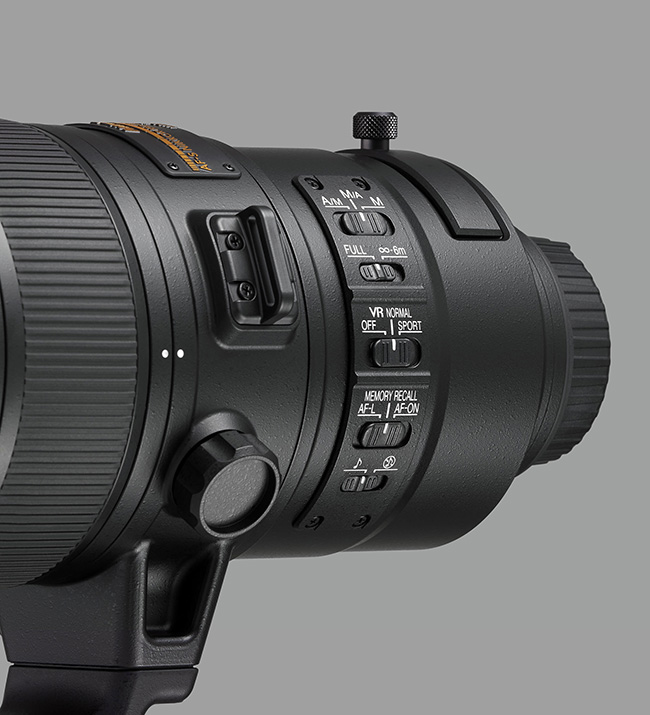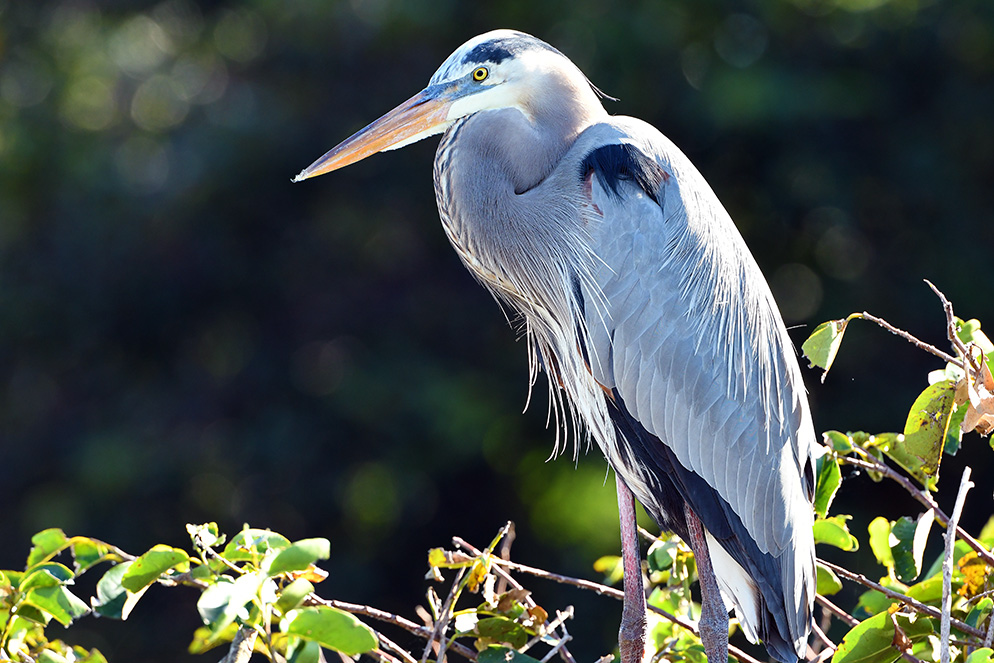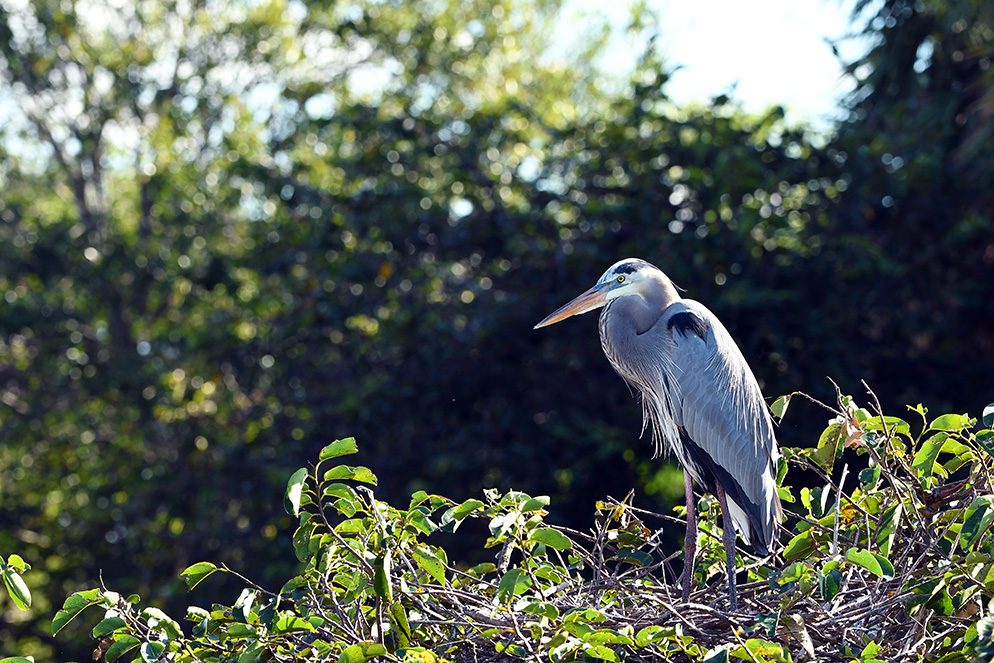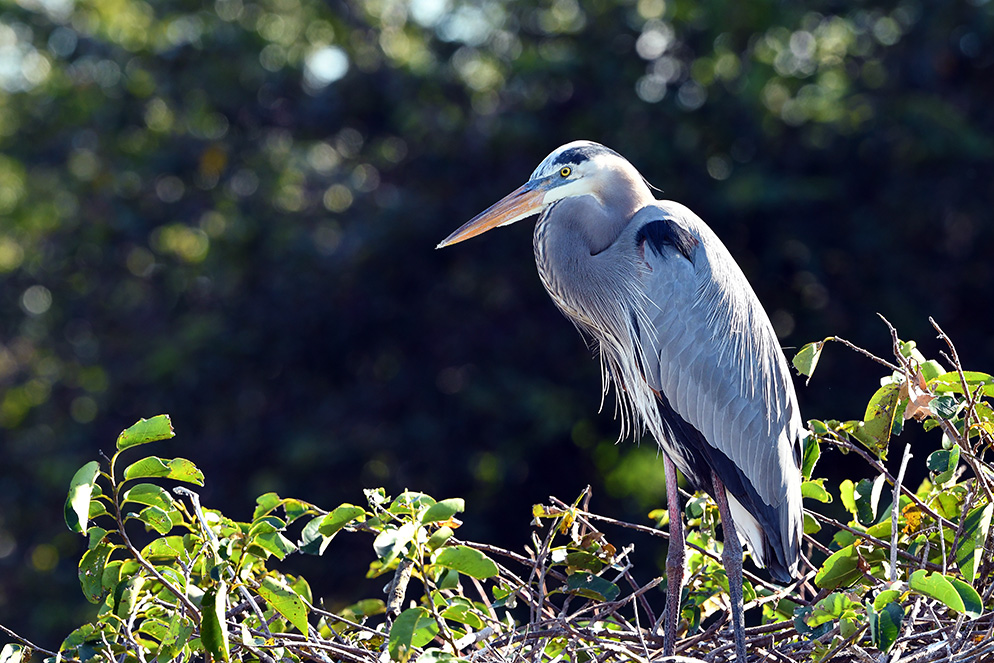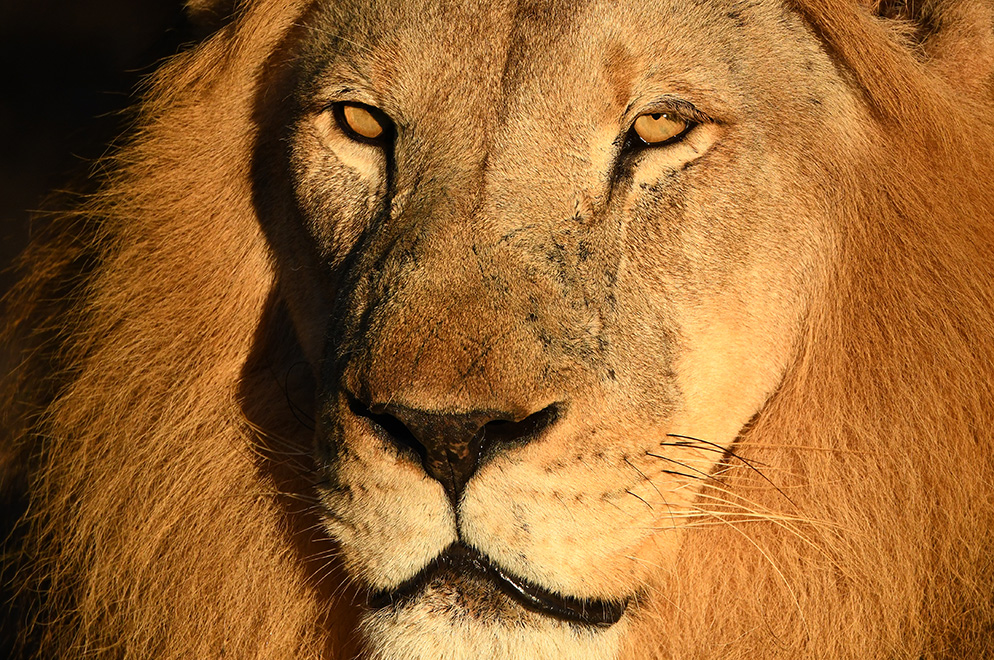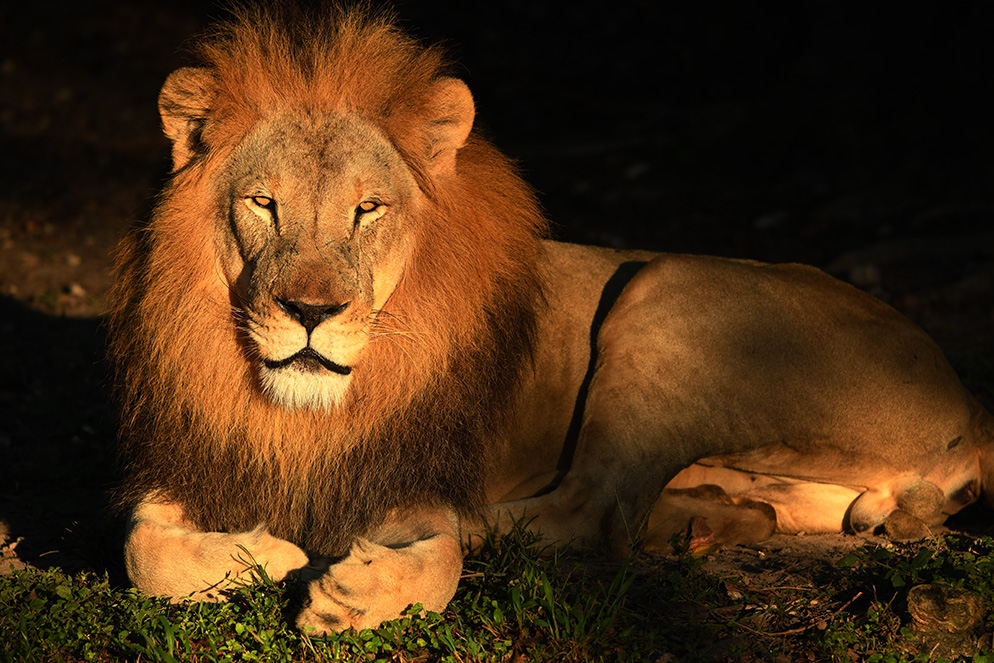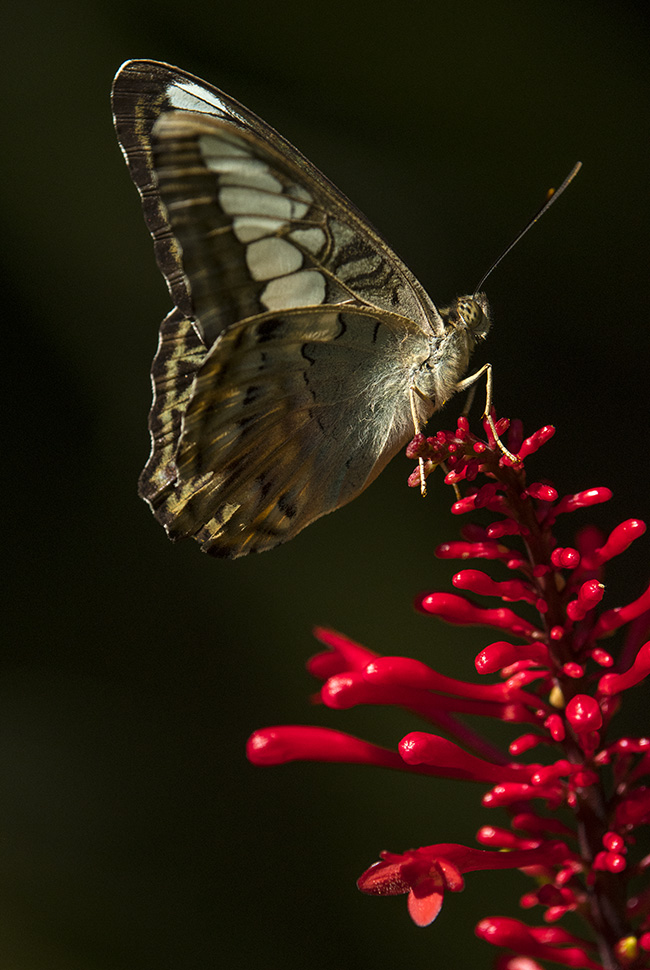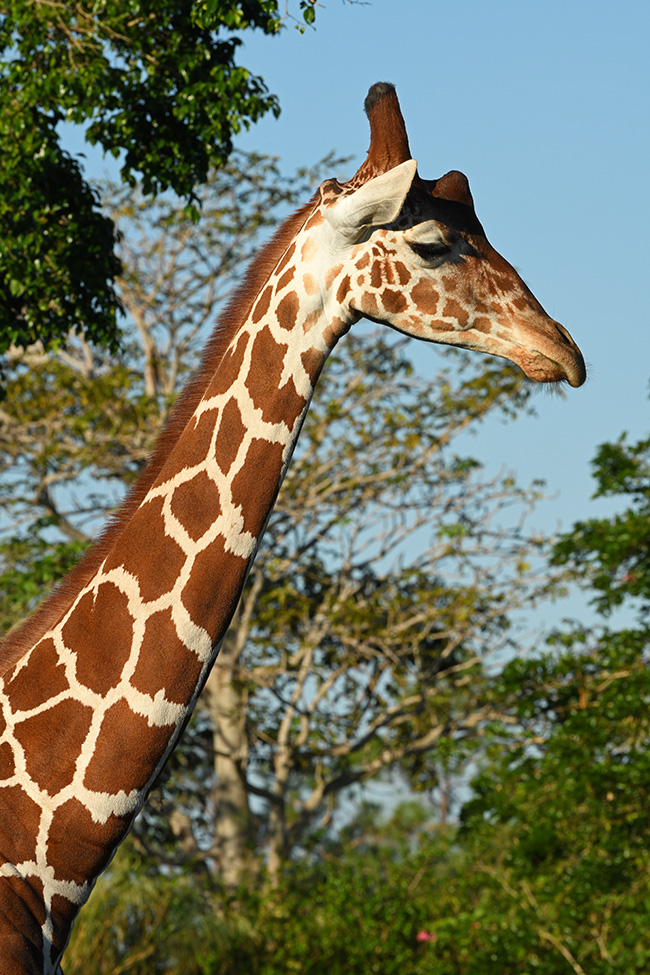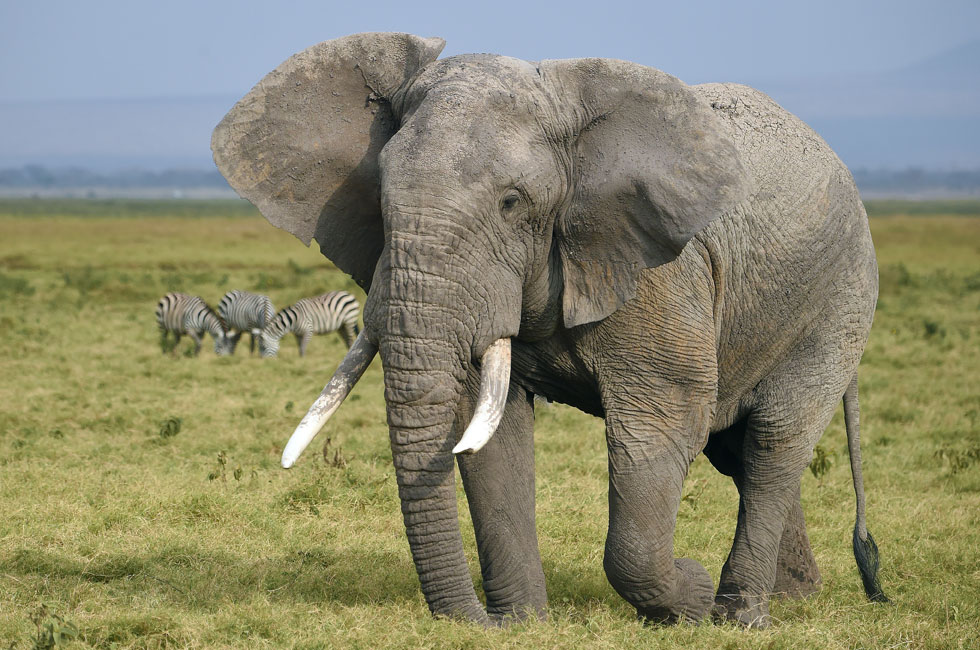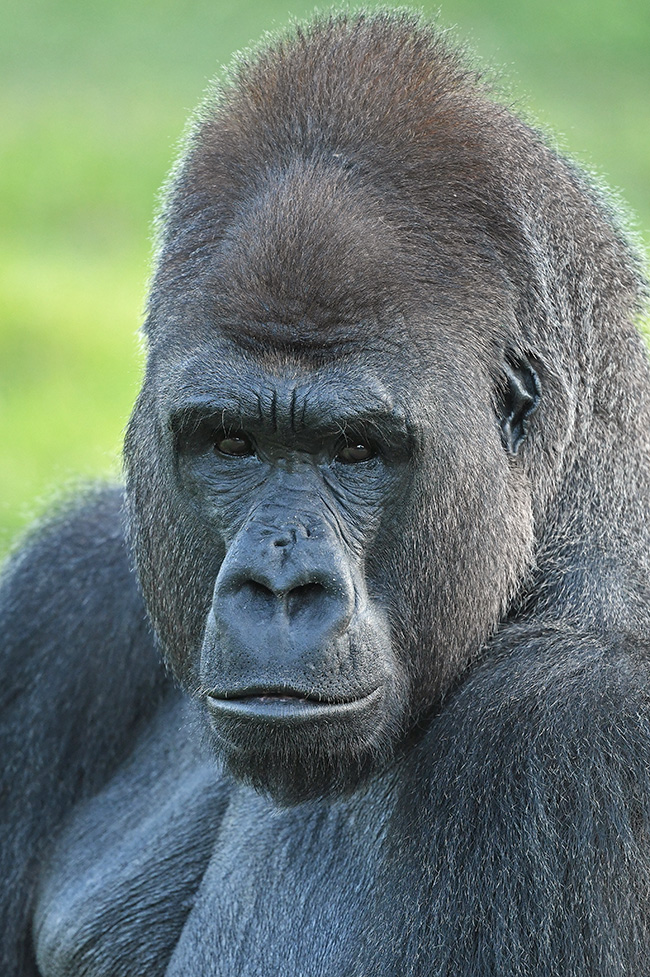Dynamic Duo: Wildlife Photographer Ron Magill Puts the 180-400mm NIKKOR Telephoto to the Test
The first thing Ron Magill mentioned when we asked about his photography with the AF-S NIKKOR 180-400mm f/4E TC1.4 FL ED VR lens—that's the one with the built-in 1.4 teleconverter, a first for Nikon—was...you guessed it...the built-in 1.4 teleconverter.
Which was to be expected. It's pretty cool, and very practical.
As for Ron, he's many things: communications director for Zoo Miami (formally known as Miami-Dade Zoological Park and Gardens); wildlife expert; go-to guy for television appearances both local and national; an Emmy Award winner (five times) for his contributions to nature documentaries; and a Nikon Ambassador. But when there's camera gear under discussion, he's a photographer whose love of photography drives the conversation.
And for him, the 180-400mm is a photographer's dream.
"The first thing about that lens is the instantaneous 1.4x teleconverter," Ron says. "With one thumb push you've got a teleconverter without having to put one on, and you see the image change, right away, in the viewfinder, and it's fantastic."
Then he goes right to the proof. "And the resulting images—I looked at them really closely, I blew them up, and it's really like I was shooting with prime lenses. This is stuff that was unheard of years ago. This zoom is at the next level."
Not just in performance, but in handling. "I know I'm a big guy,"—he's six-foot-six—"but the lens was so light and so easy for me to hand hold. Every image I took was hand held."
The ability to hand hold is no small matter. "If I'm on a boat, waiting for a whale to breech, or I'm watching a cheetah chasing prey across the Serengeti, a tripod is not going to work for me."
So, performance, handling and versatility are the key factors.
"As a wildlife photographer," Ron says, "you need the flexibility of having a zoom lens—you have animals running toward you and running away from you; you have scenes changing all the time. To be able to hand hold, zoom and go to the teleconverter, really within a second, that's a tremendous benefit when you're trying to capture those moments."
Tele Zoom Techniques
"I always tell people that it's better to zoom out a little more than in a little more," Ron says. "We tend, as wildlife photographers, to focus on things as tightly as we can. I still do it—I zoom in to maximum right away, and sometimes that's a mistake, especially when an animal is running. I like to have it running into a scene, and show the surroundings, instead of just capturing the animal's running motion. But our human nature wants to isolate that action instead of showing the scene in which the action is taking place." With the 180-400mm, he starts out by framing at about 300mm, and he's ready to zoom in or out as the scene or the action requires.
Because he's not using a tripod, he keeps VR (Vibration Reduction image stabilization) on all the time. "I'm sometimes shooting at maximum telephoto, with the teleconverter on, and sometimes the shutter speed's not that fast—maybe 1/400 or even 1/250 second. And remember, hand held! I mean, look at the results."
But before you do, there's one more thing we wanted to talk about with Ron: the development of absolutely incredible lenses. Cameras tend to get the headlines—witness the D850, for example—but lens technology is more than keeping pace with the cameras' ability to capture startling images. Along the way it's also providing a very practical advantage for many photographers.
"For me, in addition to performance and handling, it's also a matter of minimizing gear," Ron says. "I don't have to carry several prime lenses—with the 180-400mm I've got one lens that incorporates a tremendous variety of shots, and when you travel, especially to a lot of the places I go on the little puddle jumpers, there are very strict weight limits. I've got to pick and choose, and a lens like this is a condensed version of four or five primes."
Which, come to think of it, is a perfect way to conclude a condensed version of our talk with Ron Magill.

